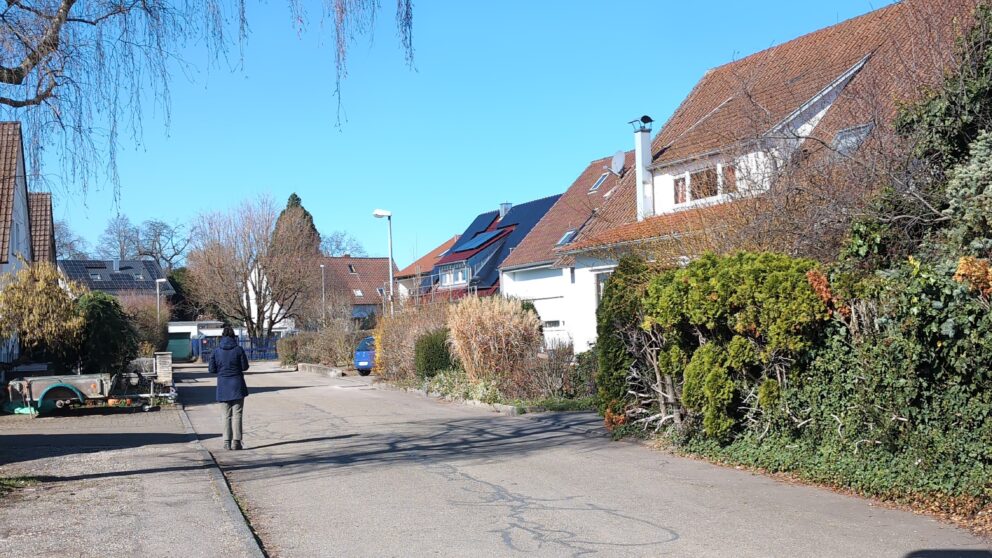
Listening to the Memory on the Street
Text: Carolin Müller Walking may be just as important to scholars of sonic environments as the sounds encountered in motion. Central to this is the relationship between the human body and the ground it touches while moving through space. Frauke Berendt (2018, 251) notes that soundwalks represent a specific form of human mobility, characterized by […]
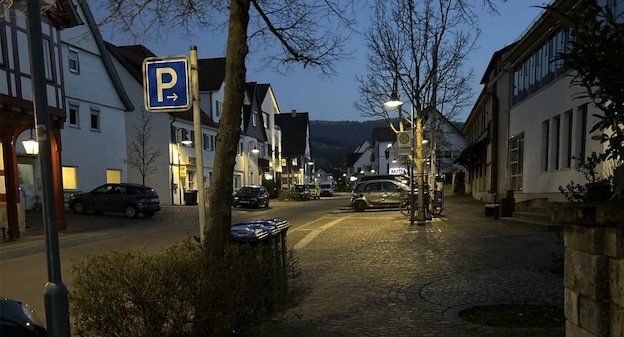
On Silences
Text: Heikki Uimonen Having started the SOMECO fieldwork, it is gratifying to note two recent publications on village environments. The one dealing with Lapland, Finland shows how experienced silences indicate the lack of vitality of the village, and how sounds considered meaningful by the community and individuals have disappeared. Another publication presents the abandoned mine […]
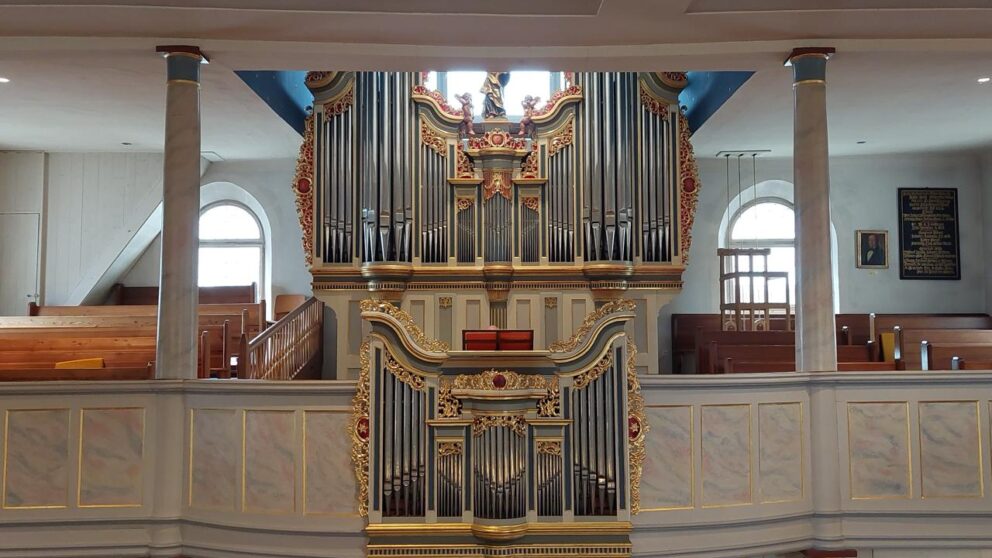
50 years is a long time
Text: Meri Kytö & Kaj Ahlsved Rhythmanalysis in soundscape studies has dominantly meant looking into circadian, daily rhythms. This project opens up a much longer span of time, practically of two generations. Last Sunday happened to be “Goldene Konfirmation”, that is, the 50th anniversary of the confirmation of the Spring 1975. The mass started with […]
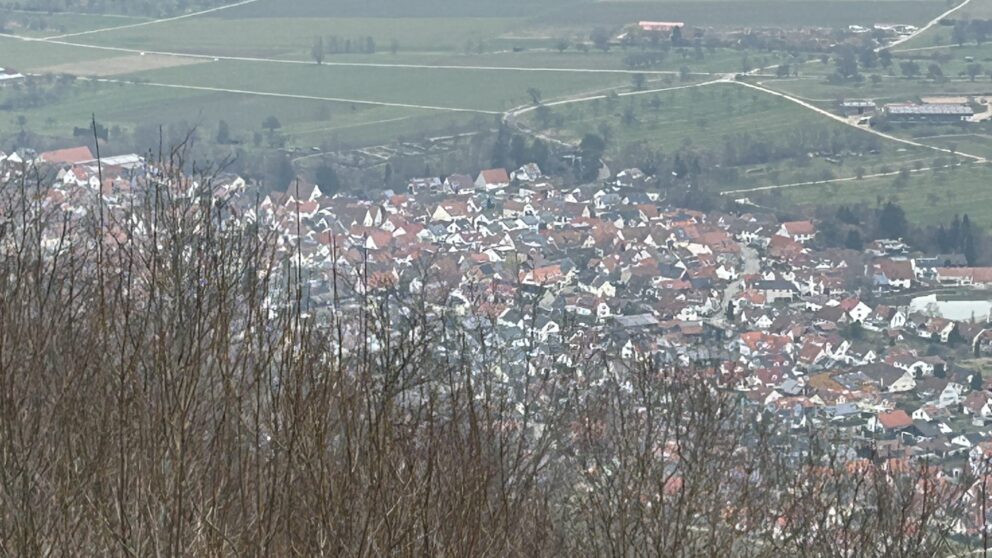
Signals of Change and Continuity: Coahoma County and Bissingen
Text: Heikki Uimonen Twenty years ago, in my ethnomusicological dissertation on sonic environments, I quoted Alan Lomax. Lomax writes that the musical history of Coahoma County, Mississippi had three periods, each signalled by a characteristic sound: a steamboat blowing for a landing, a locomotive whistling on a three-mile grade, and a Greyhound bus blaring down […]
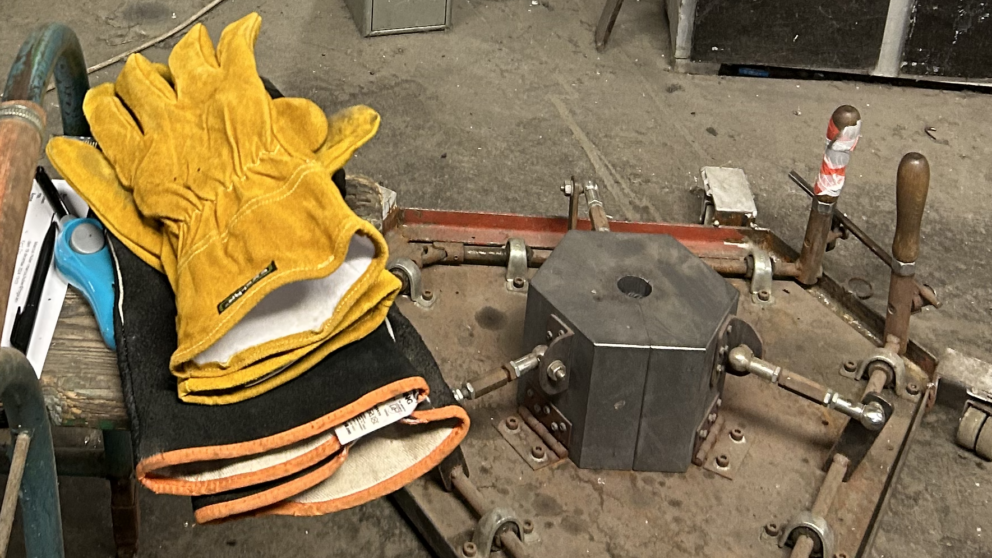
Sensory Experience of Glass and Brass
Text: Heikki Uimonen Sensing individuals are affected by their culture and personal history. Nevertheless, cultures are not just filters of sensory experience, as anthropologist Tim Ingold concludes. People are informed by their senses as they move through particular cultures, which themselves have particular materialities. (Bijsterveld 2000, 14.) So, what is then the cultural study of sound […]